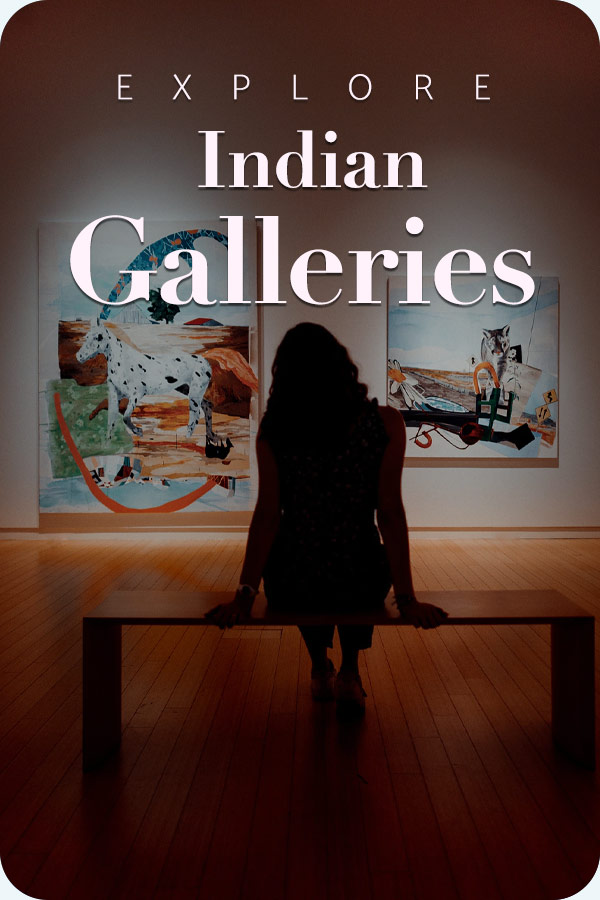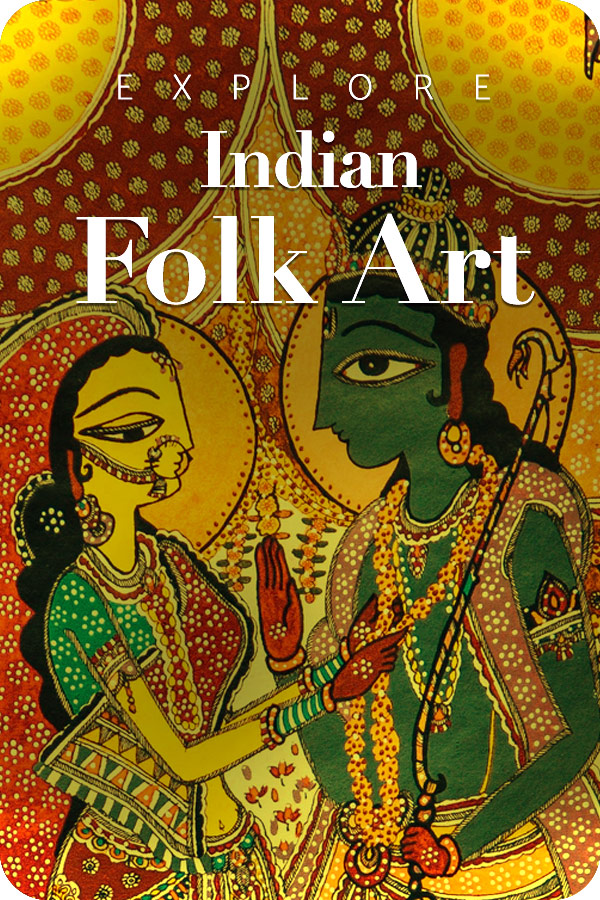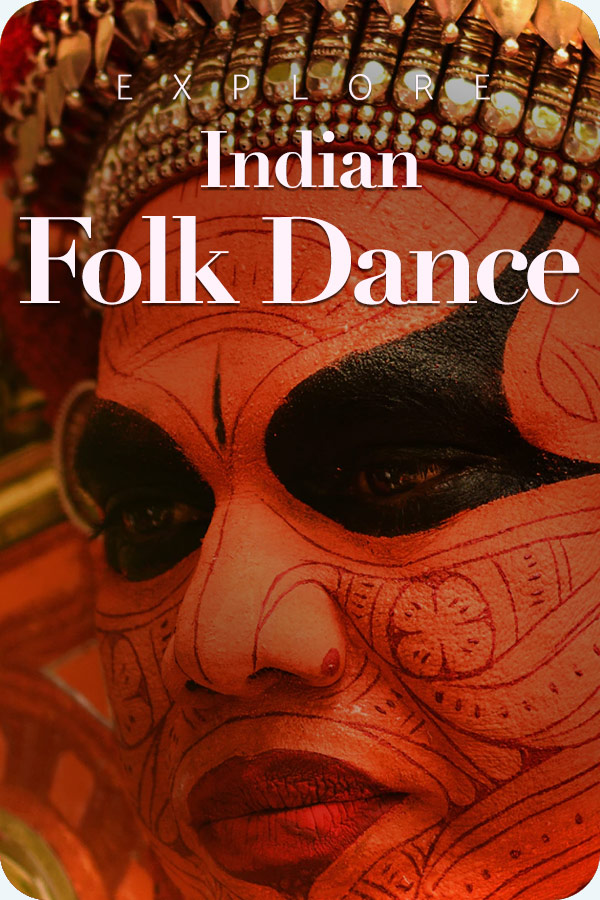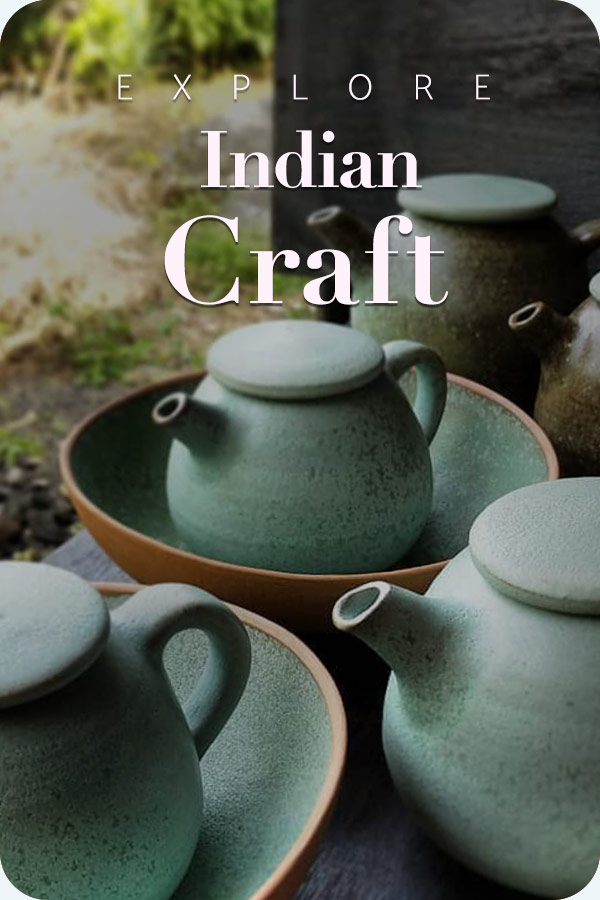
The cat is undeniably a universally beloved creature that has long transcended its role as a mere domestic companion and also left its paw prints on canvases across global art history. Thus, the Museum of Art & Photography (MAP) in Bengaluru encapsulates this feline existence brilliantly in its latest exhibition, “The Many Lives of the Cat,” which runs from November 8, 2025, to March 29, 2026. This unique exhibition tracks how the cat has been visualized in Indian visual culture from miniature paintings and Kalighat prints to modern canvases, matchbox cases, and contemporary sketchbooks. Curated by Khushi Bansal, the exhibition features the cat’s inescapable presence to dive into artistic narratives. The showcasing of this event is made possible through the scholarly foundation laid by the late art historian Professor B.N. Goswamy. The exhibition draws inspiration from Goswamy’s final book, The Indian Cat: Stories, Paintings, Poetry, and Proverbs.
Feline Figure in Indian Fables
The exploration of the cat’s presence in Indian art actually begins with ancient literature. The cat, or marjara in Sanskrit, is presented as a composite character in ancient texts. In the Buddhist Jataka Tales and the tales of the Panchatantra, the feline often embodies cunning, hypocrisy, and manipulation. These negatively oriented characteristics are also captured in Sanskrit terminologies such as marjara-vrata, or “cat-like observance,” which was used in Mahabharata to denote deceit.
On the contrary, the Vaishnava bhakti philosophy refers to the marjara-nyaya (the way of the cat) to symbolize absolute surrender to the divine, referring to a kitten that bestows its trust upon its mother, as she carries it to safety. This dichotomy in referencing makes the cat appear as both the saint and the sinner. The exhibition focuses on this split and features different points of views through canvases and sculptures. Furthermore, in the Kalighat prints, the cat walking away with a stolen fish emerged as a recurring motif that symbolized socio-political protest. Whereas in the Mughal miniature paintings, the cat is perceived with more companionable beings, as witnesses to daily domestic lives.
View this post on Instagram
However, the modern artists’ purview is kind of different; they question the potential of the cat motif through different parameters. Jamini Roy, for instance, systematized the thief-cat motif into a nurturing mother carrying her baby. It was a thoughtful shift, as it successfully generated waves of empathy and care in the minds of the viewers. Artist K.G. Subramanyan depicted the cat with a sense of mischief, often caught in the act of pursuing a fish, symbolizing everyday realism. Also, the inclusion of more contemporary artists such as Chandana Hore and Bhupendra Baghel ensures the artworks remain relevant as a vector for socio-cultural commentary.
Exhibition Details
| Event | Context and Significance |
|---|---|
| Title | The Many Lives of the Cat |
| Date | 8 November, 2025 – 29 March, 2026 |
| Venue | MAP Bengaluru, Ground Floor, Infosys Foundation Gallery |
| Curator | Khushi Bansal |
| Inspiration: B.N. Goswamy’s The Indian Cat | The exhibition serves as a tribute to the celebrated art historian’s final work, which broadened the academic focus to include the cat’s influence across Indian literature and art. |
| Notable Works and Artists | Works by Jamini Roy, K.G. Subramanyan, Arpita Singh, Chandana Hore, Bhupendra Baghel, and more. |
| Central Symbolism | The cat is examined as a complex, multifaceted symbol representing duality: hypocrisy (marjara-vrata) versus surrender (marjara-nyaya). |
| Commitment to Accessibility | Incorporates immersive features like AR games and ISL videos, aligning with MAP’s mission to make Indian art history non-intimidating and engaging for all audiences. |
Key highlights
- The exhibition spans multiple media: paintings, sculptures, printed ephemera (matchbox covers), and contemporary sketchbooks.
- MAP pairs scholarly commentary (drawn from B.N. Goswamy’s The Indian Cat) with playful, interactive elements to engage diverse audiences.
- Works by modernists like Jamini Roy sit alongside contemporary responses, showing continuity and reinvention in how artists imagine the cat.
- The exhibition foregrounds accessibility: ISL videos, audio descriptions, and physical access features ensure the show is for many, not a few.
The Experience
The cats have long been a crucial part of the vernacular culture as well as the elite culture. This juxtaposition of belonging to both high and low makes the theme even more engaging and intelligent. MAP has also included interactive and inclusive programming to enhance the visitor experience. An AR-T detective game and audio stories extend the gallery into playful investigation; ISL (Indian Sign Language) videos and audio descriptions underscore MAP’s emphasis on accessibility. These additions are not simply for entertainment; they change the perception of people visiting museums, as people assume that museums are remote spaces with stationary items on display. The particular choice of ‘cat’ being the element of focus is an uncanny decision, which offers a model for how museums can refer scholarship into playful public encounters.
Takeaway
The “Many Lives of the Cat” is like a masterclass in art curation. MAP has made a brilliant move by keeping the feline as the central anchor of the whole presentation. It honors the scholarship of B.N. Goswamy while validating the everyday, popular appeal of the subject. The exhibition proves that intellectual engagement can also be achieved through delightful engagements. This offers a unique perspective, as a mere domesticated creature is unleashed into the canvases and sculptural forms as a symbol of visual language.







